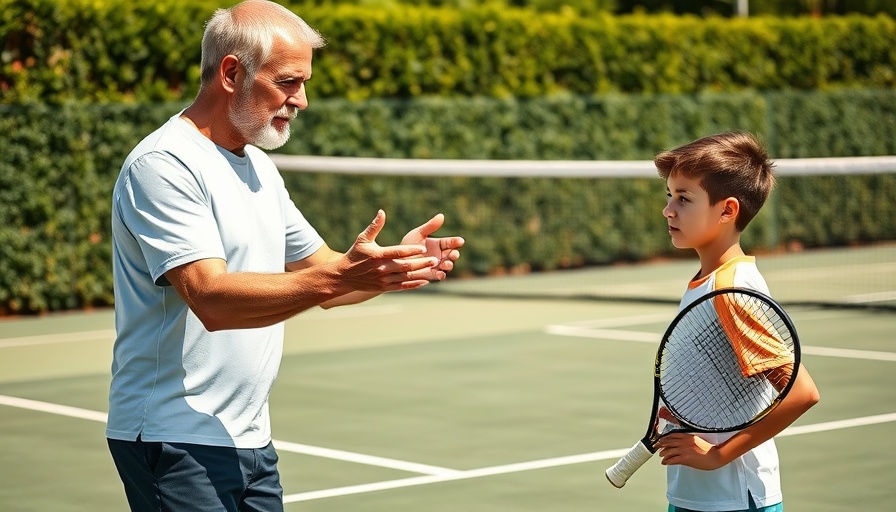
Understanding the Evolution of Grass Court Tennis
Grass court tennis has undergone a remarkable transformation over the past two decades, shifting from a rapid surface favoring serve-and-volley players to a slower, more strategic playing environment. The changes, especially since 2002, have dramatically altered how the game is played at prestigious tournaments like Wimbledon. This evolution sparks a myriad of questions about the current state of grass court strategy, and whether players can still harness the advantages this unique surface provides.
In 'True or false: Grass edition,' the discussion dives into how grass court tennis has evolved over the years, exploring key insights that sparked deeper analysis on our end.
Why Grass Courts Are No Longer 'Fast'
True to the claim that grass courts are no longer fast, the way the surface interacts with the ball has notably evolved. Today's grass courts tend to produce a lower bounce, requiring players to adjust their game from the traditional strike-and-advance strategy. As observed in modern Wimbledon matches, the imprint of player movement on the grass has shifted from the net to behind the baseline, illustrating a critical change in gameplay. Now, powerful groundstrokes and expert maneuverability are at the forefront, rather than the quick sprints up to the net.
The Importance of Slice on Grass
It’s often argued that slice serves and shots are especially lethal on grass, and this notion holds true. The low bounce associated with grass means that slice shots can create significant issues for opponents, disrupting their rhythm and forcing errors. Players who can effectively use their slice skills may find themselves at a distinct advantage over their competitors, confirming the strategic importance of this shot on grass courts.
Are There Still Grass Specialists?
While the idea of 'grass specialists' may seem outdated, players do indeed emerge with styles better suited to grass. However, the absence of a dedicated group of grass court-only players indicates a shift in player preparation. Rather than cultivating a singular skill set for grass, we see more athletes adapt their overall games to become more versatile on all surfaces. This adaptation can be linked to the lessons learned from greats like Roger Federer, whose game features a balance of power and finesse, proving well-rounded skills can triumph in any environment.
Fun Facts to Consider About Grass Court Tennis
1. Grass courts require extensive maintenance, demanding continuous attention from groundskeepers to preserve their quality throughout the season.
2. The unique nature of grass courts positions players to encounter not just physical challenges but also psychological ones, pushing them to adapt their mindsets as conditions change.
3. Leading up to Wimbledon, many players train on grass, recognizing the surface’s inherent nuances. These preparations can significantly impact their success during key tournaments.
Ultimately, the assertion that grass has no connection to its past rings true. The game has evolved, and players must continually adapt to meet these changes, embracing new strategies to thrive in the current grass court landscape.
 Add Row
Add Row  Add
Add 




 Add Row
Add Row  Add
Add 

Write A Comment